One of the most dependable places travellers head for a taste of local life in Asian towns, is the local market. And so it was in Sapa, in Vietnam’s spectacular far north.
Until three years ago.
Sapa’s old market buzzed with energy as local ethnic Hmong, Red Dzao and other minority people, who have lived in this area for centuries, jostled with newly arrived ethnic Kinh (Vietnamese), to snatch a sale from the growing number of tourists.
The market wasn’t just for tourists either. It was a local market as well.
Now the old market is closed. An empty shell in the middle of town. Nobody seems to know exactly what's to become of it, or why it had to go in the first place.
In Vietnam, construction projects often have their own incentives. But this looks like a careless case of self-harm, for Sapa as a tourism destination.
The old market was one of the few reminders of Sapa’s life before mass tourism. And it's been sent packing, to a soulless, cavernous new structure, a kilometre from town.
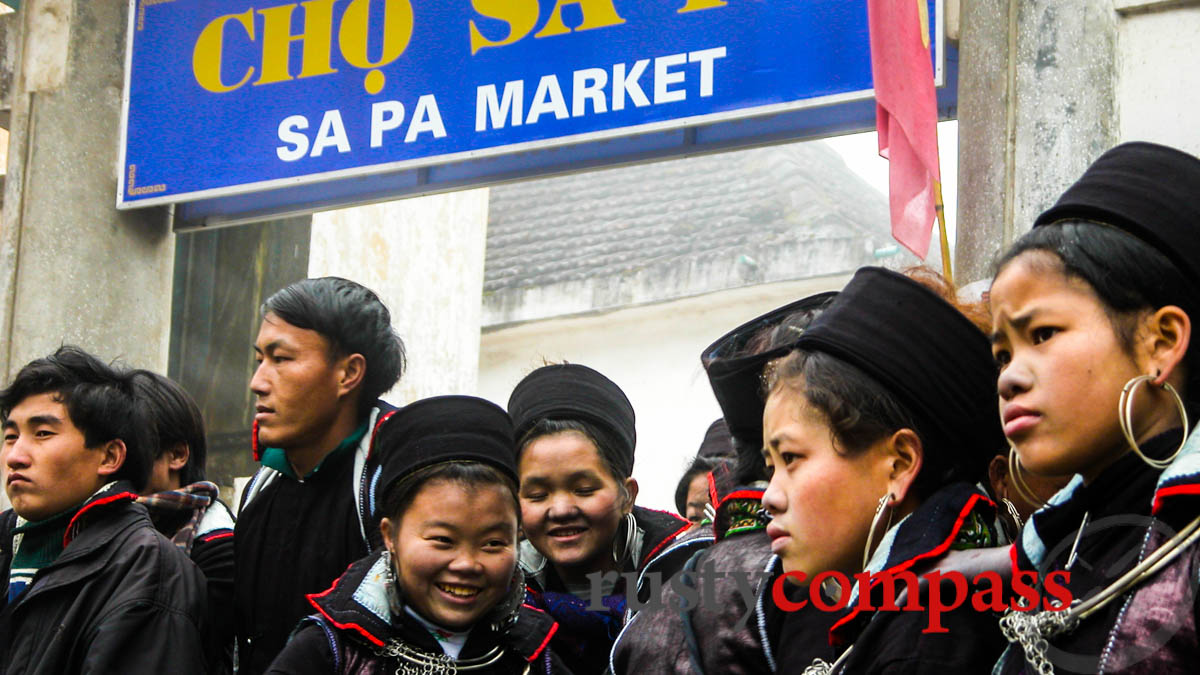
Photo: Mark Bowyer Old market, Sapa
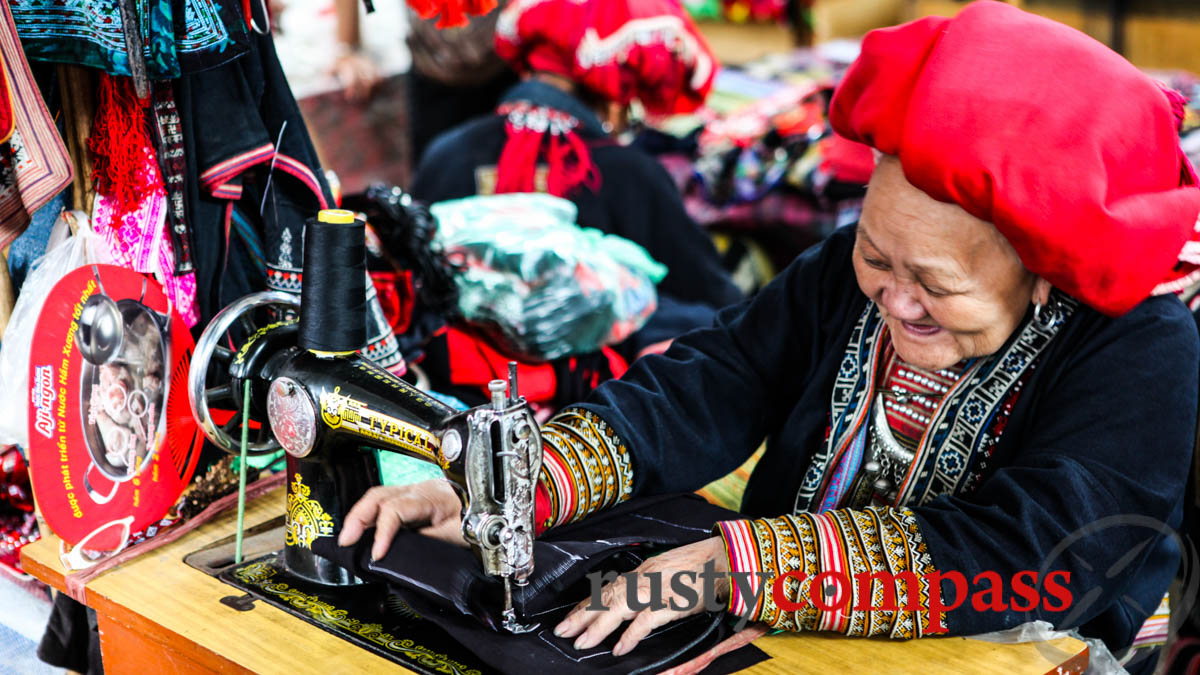
Photo: Mark Bowyer Old market, Sapa
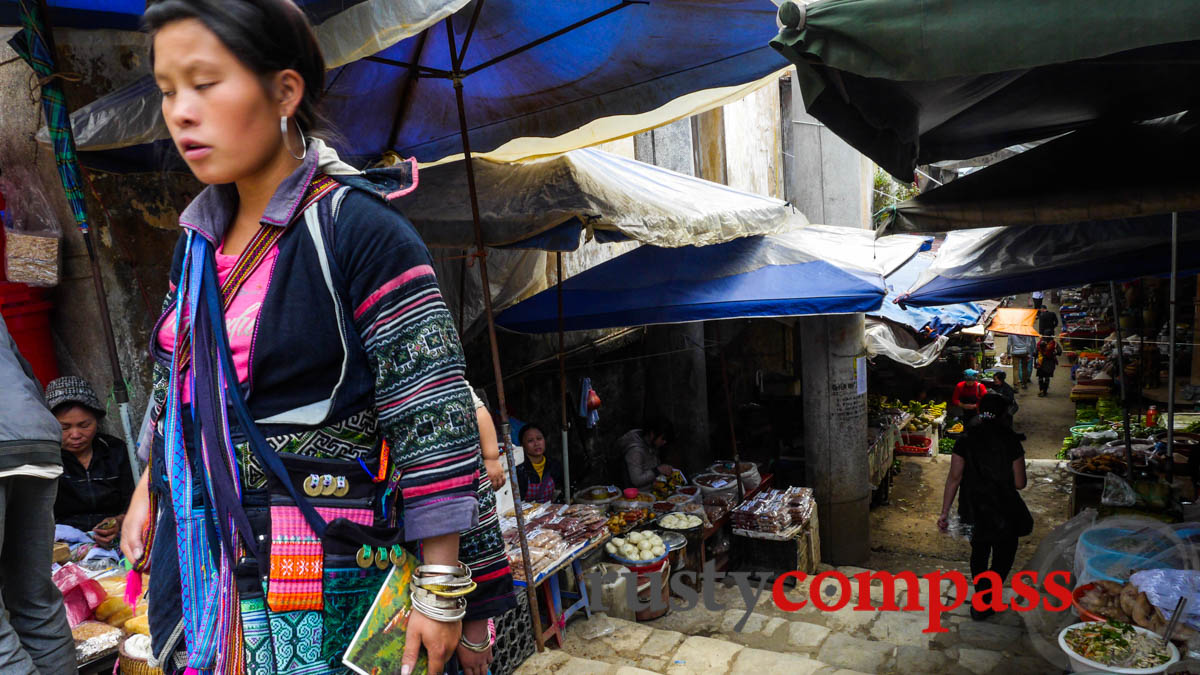
Photo: Mark Bowyer Old market, Sapa
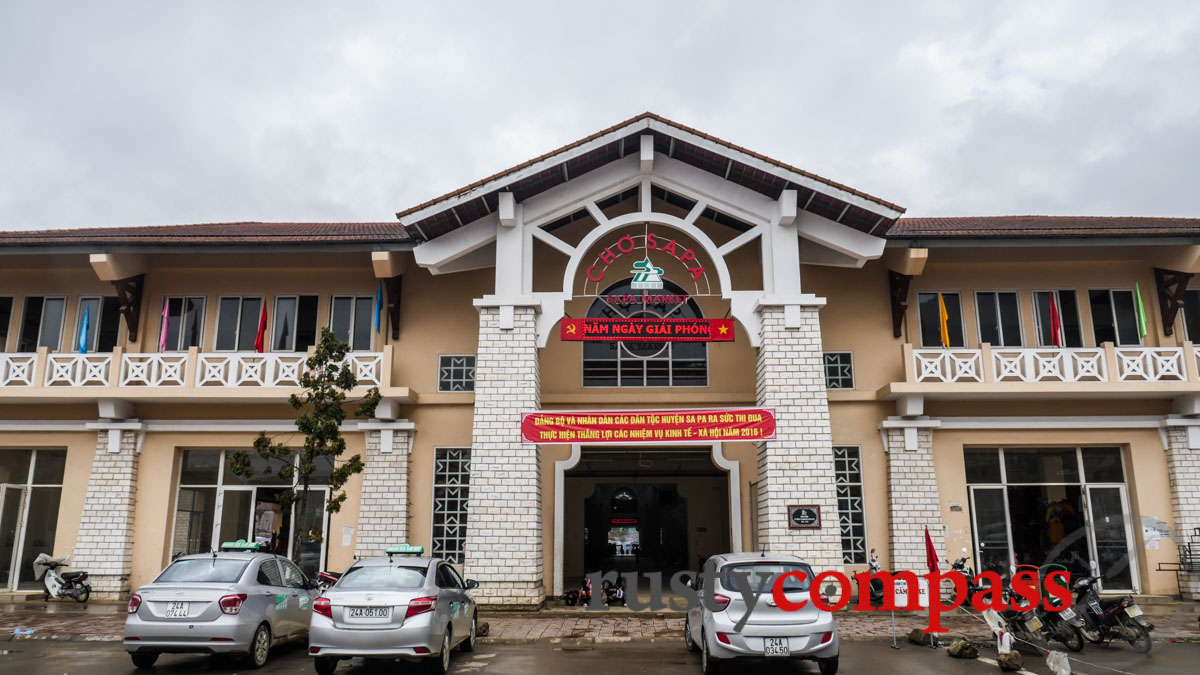
Photo: Mark Bowyer New market, Sapa
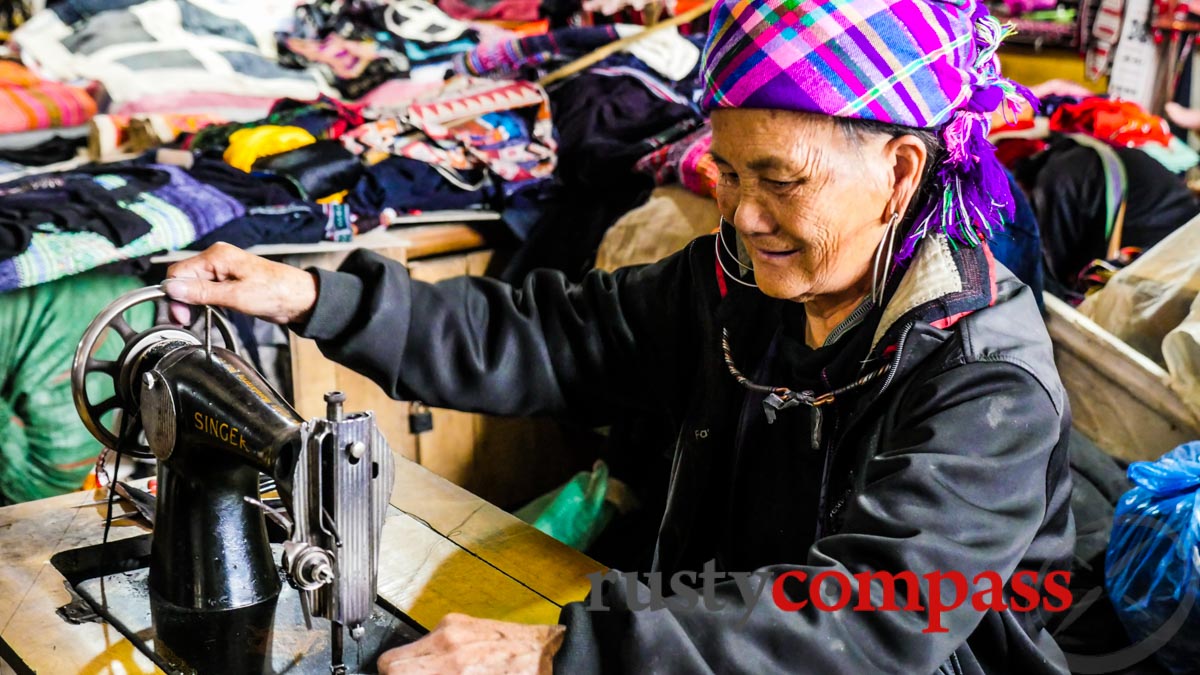
Photo: Mark Bowyer New market, Sapa
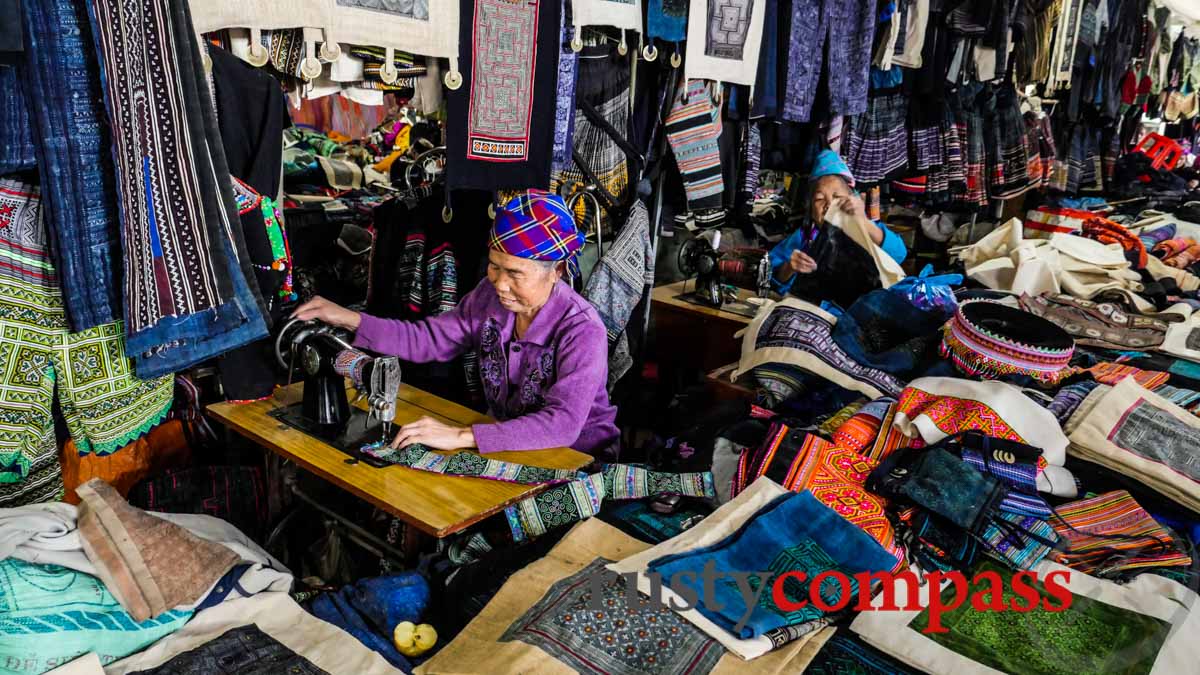
Photo: Mark Bowyer New market, Sapa
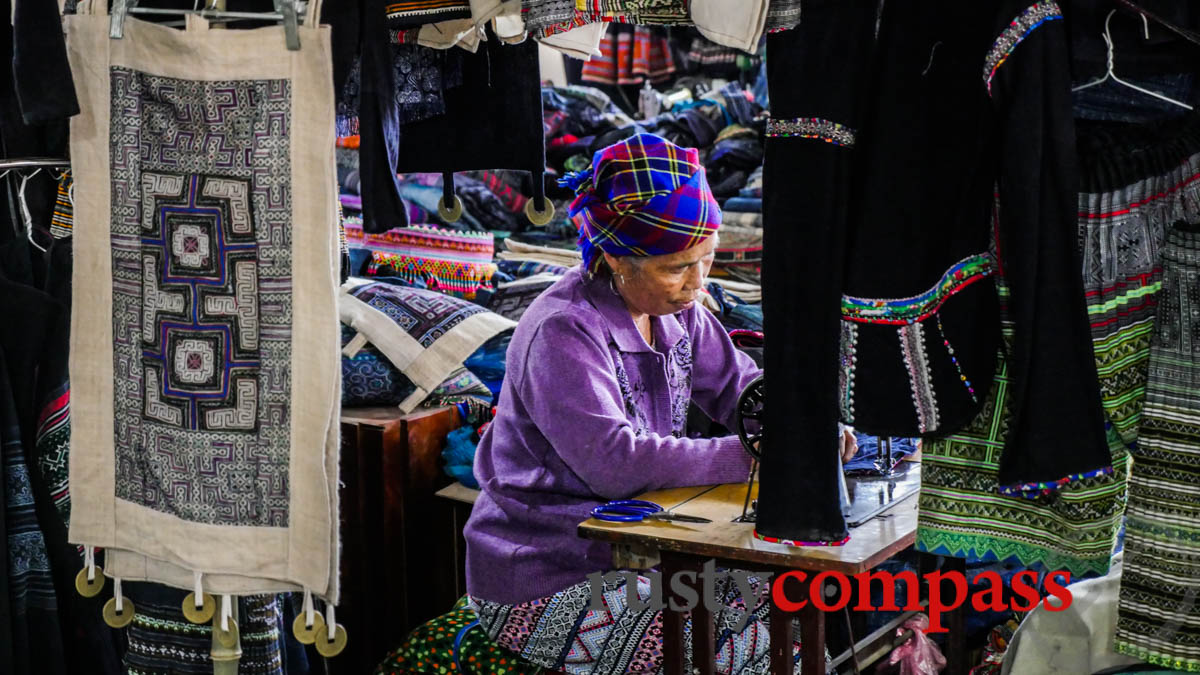
Photo: Mark Bowyer New market, Sapa
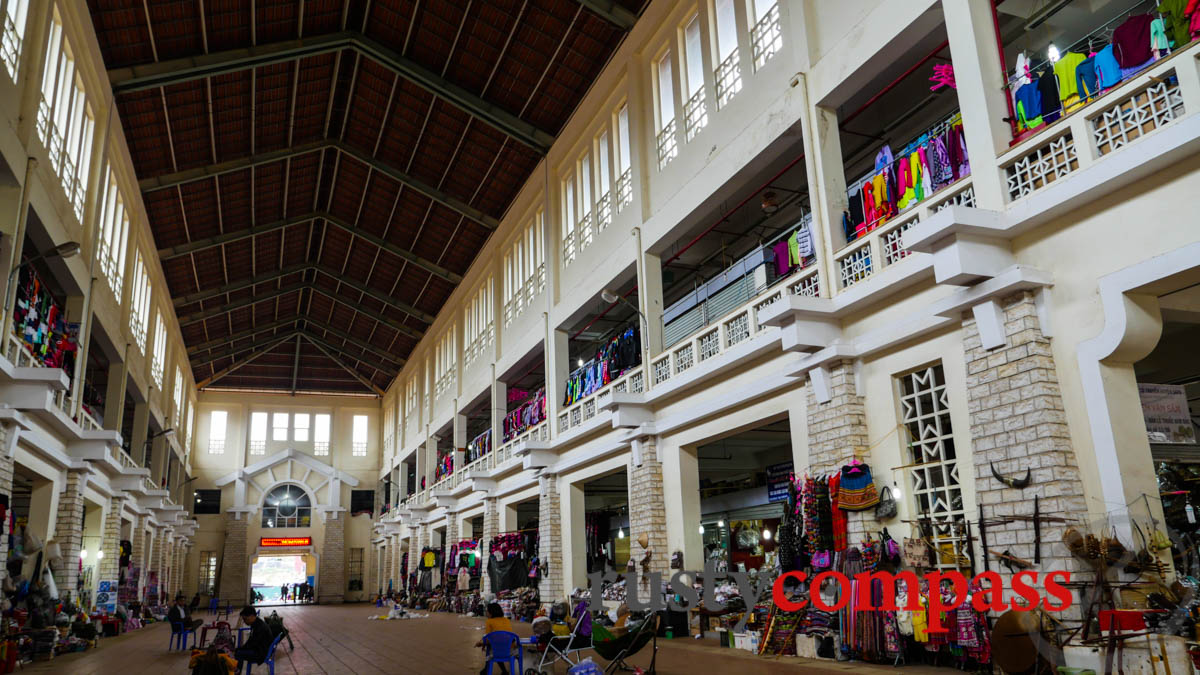
Photo: Mark Bowyer New market, Sapa
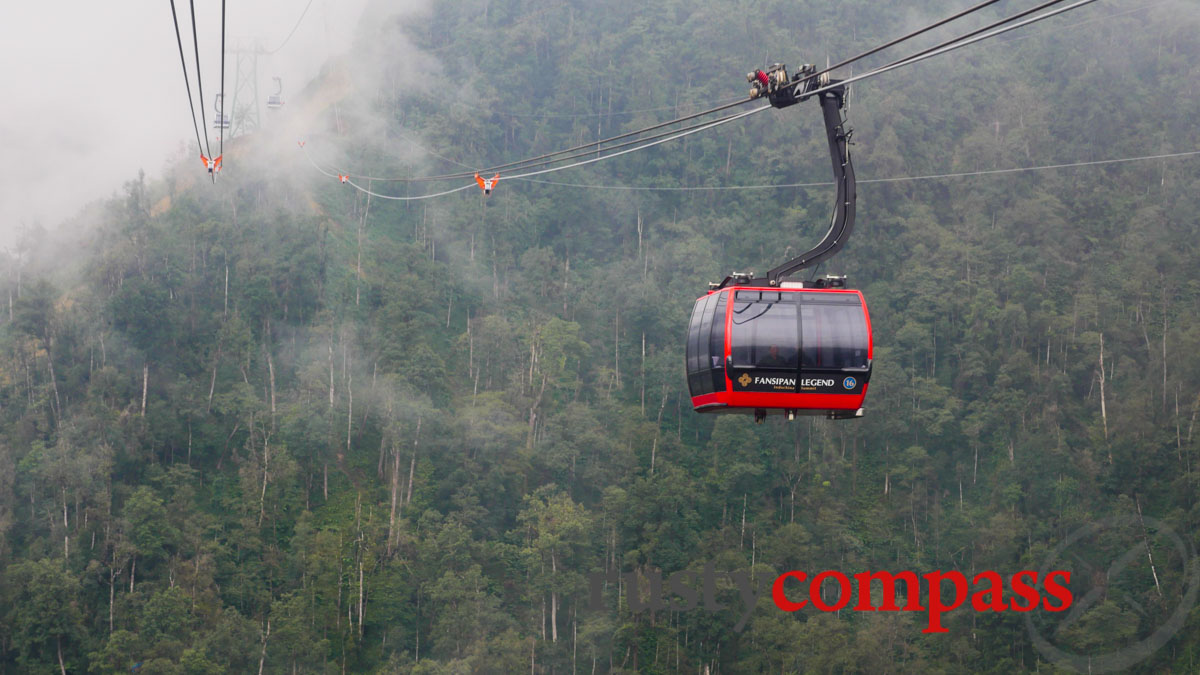
Photo: Mark Bowyer The new face of tourism in Sapa
The tourists are staying away from the new market in droves. And tourists aren't the only ones impacted. The local minority sellers, women who still produce traditional textiles, were relocated with the other stallholders.
It’s impossible for a tourist to know how Sapa’s ethnic minorities fare from the tourism trade. There are a handful of businesses supporting the employment of local minorities. But there is little to help a visitor work out how much of the tourism dividend makes its way into local minority hands. So supporting genuine traditional crafts and heading to the new market, for all its failings, is a good idea.
Getting to the new market's an effort. It's not somewhere you'll stumble across. And finding the traditional textile stalls is an effort too. They're located upstairs, as far away from the main entrance as you can get.
But those who do visit are rewarded with beautiful work and wonderfully spirited women - mostly elderly women, who've been at this for decades.
So if you want to make a little contribution to something important, buy some cool stuff, and meet some wonderful women, make the journey out to the new market - and head upstairs for an unexpected burst of ethnic minority life, culture and colour.





1 comment so far
That's so very sad to hear that the old market is no longer there. I have great memories of walking through it and eating lunch at a little stall (even though I had no idea what I was ordering).